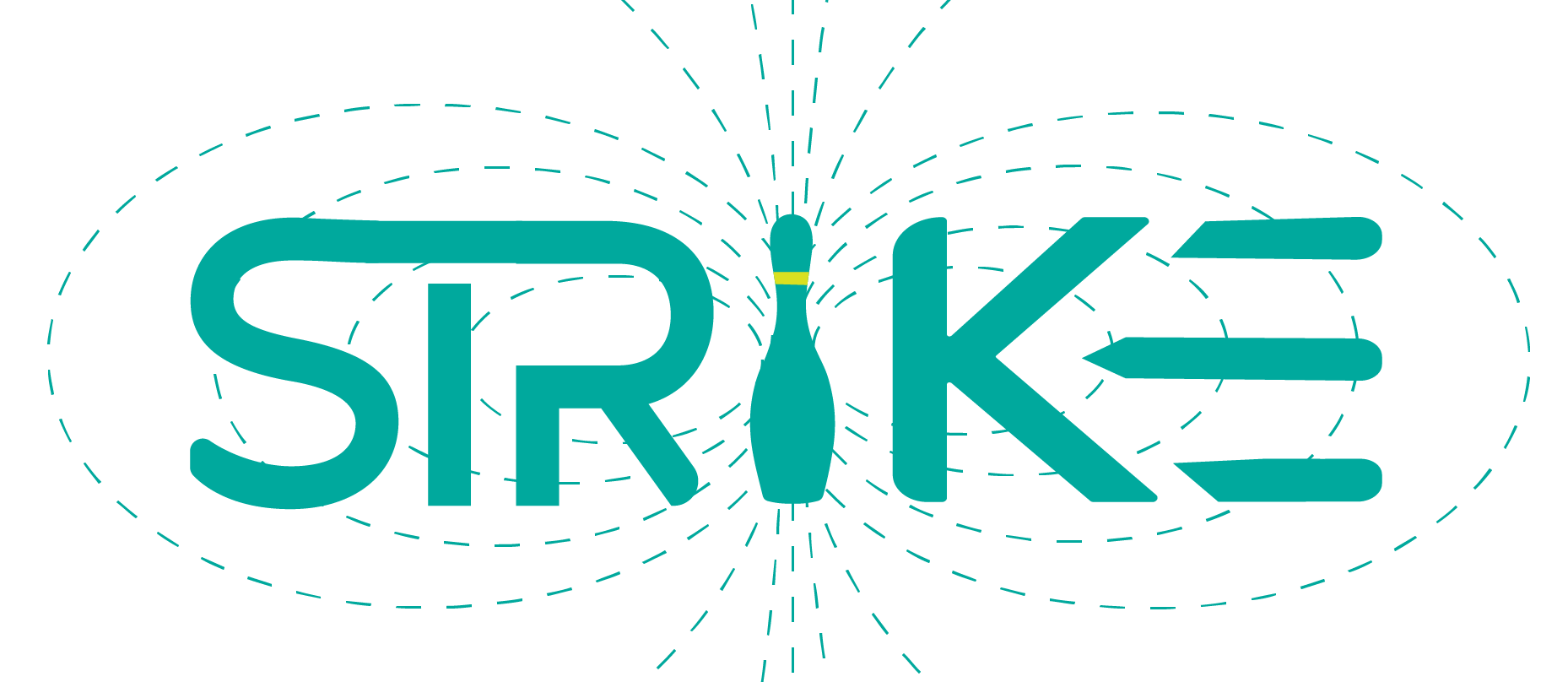The Department of Biomedical Imaging and Image-guided Therapy is an organizational unit of the Medical University of Vienna with four divisions and three research centers. Its functions and aims are to provide the very best specialist care to patients, to educate clinicians and scientists and to scientifically address medical issues arising from clinical practice. The preclinical imaging laboratory research activity is focused on:
- In vivo imaging on laboratory animals (mice, rats, rabbits) as models of human disease.
- Non-invasive visualization of function and/or anatomy of internal organs, tissue, tumors, etc
STAFF
Technical assistance
- Joachim Friske, physicist, PET/MRI
- Tessa Mozayani, radiotechnology assistant, PET/MRI
- Anna Zacher, veterinarian, PET/SPECT/CT
- Lara Breyer, bioengineer, PET/SPECT/CT
- Johann Stanek, radiochemist, PET/SPECT/CT
- Daniela Laimer-Gruber, biologist, cell culture
PhD students
- Silvester Bartsch
- Katarina Bencourova
- Lena Zachhuber
- Usevalad Ustsinau
- Viktoria Ehret
- Peter Stöhrmann
Key Research Facilities, Infrastructure and Equipment
The preclinical imaging laboratory is equipped with a microPET scanner, a microPET/SPECT/CT scanner, a Bruker 9.4 Tesla MRI scanner (with PET-insert), and a 1 Tesla MRI scanner. For housing animals IVC units are used and for handling animals warming plates and anesthesia units are available. The cell culture facility equipped with CO2 incubators, centrifuges, laminar flow hoods, microscopes and coulter counter. The radioactive wet lab is equipped with shielding units for performing radiolabeling of small molecules, proteins, and nanomaterials with radionuclides (e.g. F-18, Ga-68, Cu-64, Zr-89, I-131). It includes a metabolite lab, an autoradiography system, an HPLC system, and a gamma-counter




